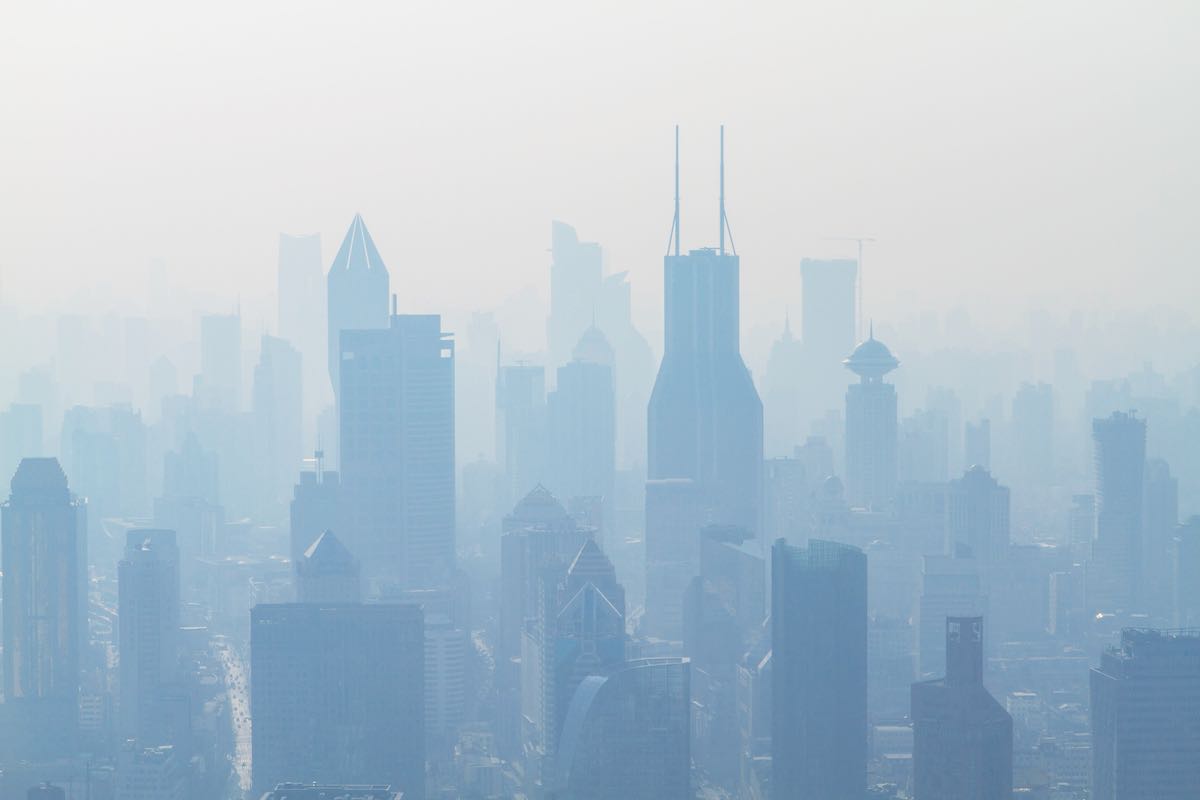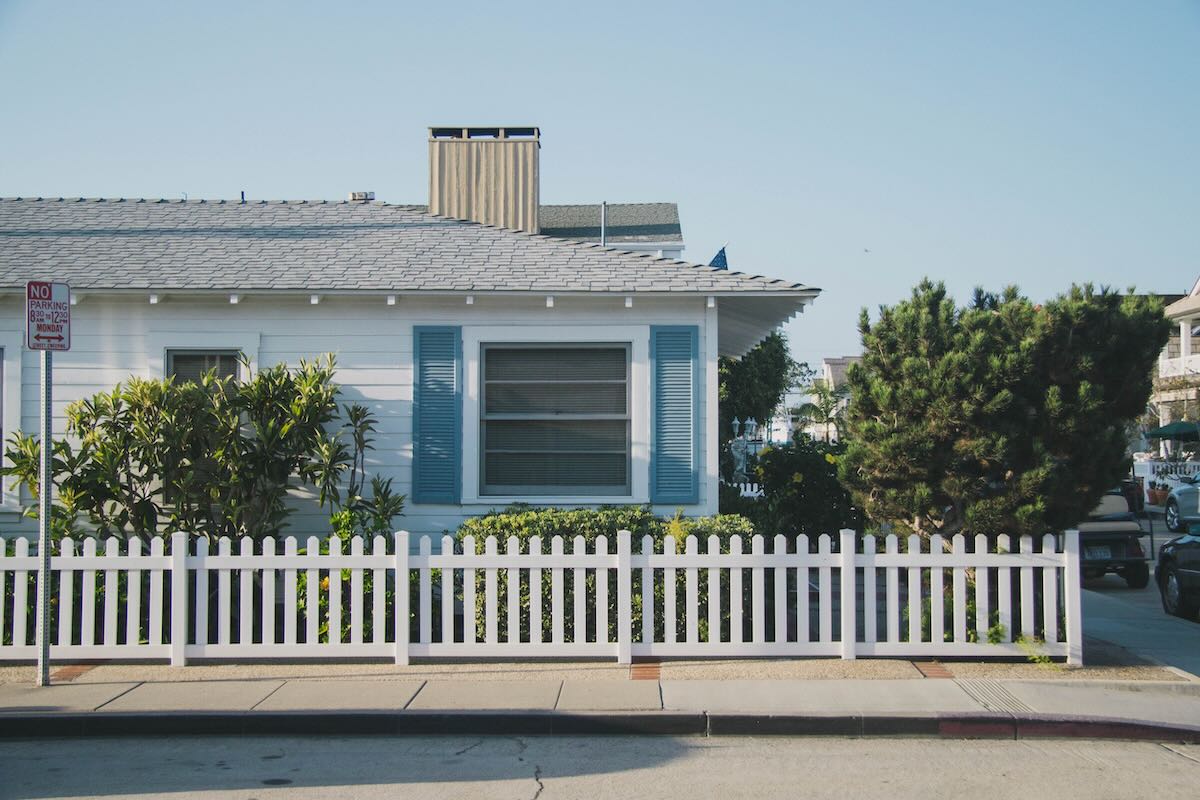From Hot Bedding to Superblocks
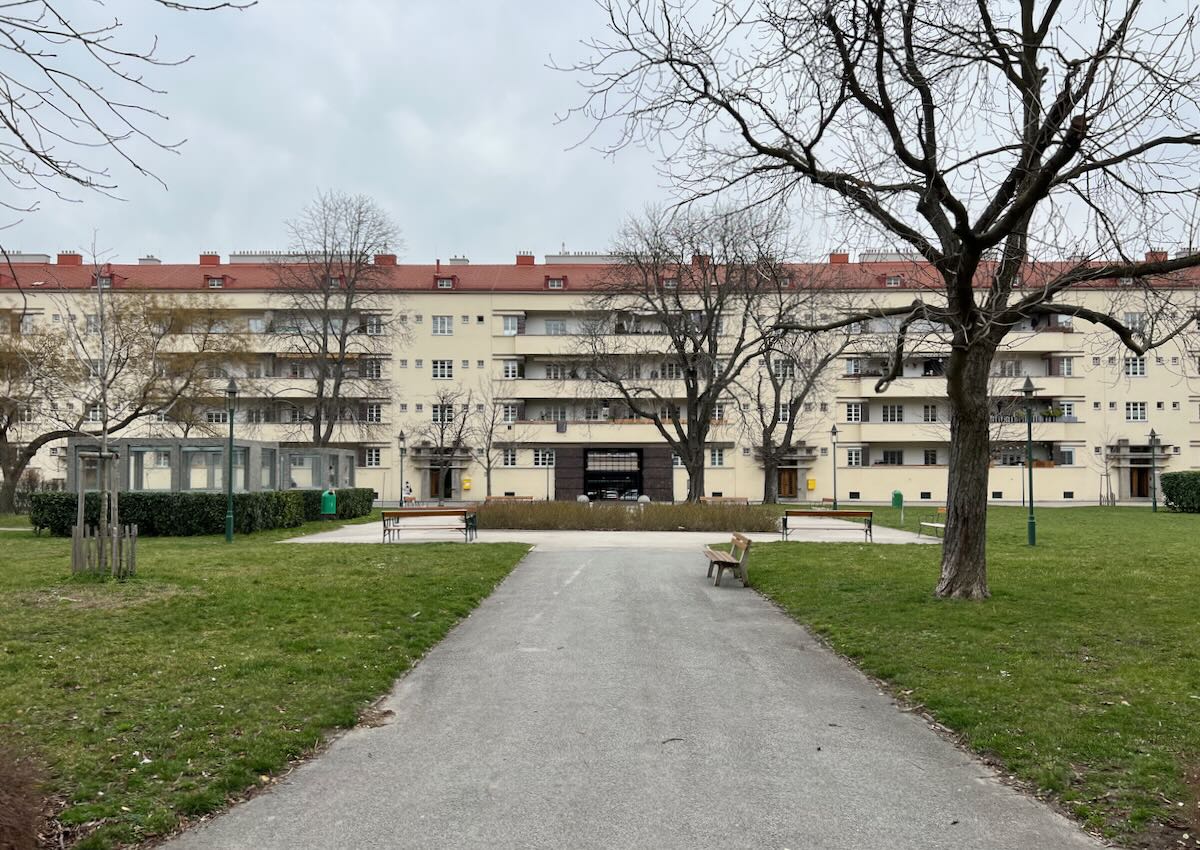
Many Viennese went from hot bedding to superblocks overnight. Could they even imagine an apartment complex 1000 metres long built along two streets with even more massive landscaped courtyards? Could they conceive of 1400 apartment units built to house 5000 people on 56,000 square metres or 38 acres of land. Or a vertical build-out that only covers 18% of the land mass, the remaining 31 acres – a “green luxury” amenity? And maybe even more unimmagibale, private bathrooms in each apartment. Other amenities would include laundromats, kindergartens and child care centres, a city library, doctor’s offices, restaurants, and gymnasiums.
Well imagination wasn’t necessary. This is the Karl Marx Hof in Vienna. Connected to trams buses, trains, and the city underground it takes about 25 minutes to get from St. Stephen’s Cathedral to Wien Heiligenstadt intermodal located just across the street from the complex. Built between 1927 and 1930, city government completed the project under budget. Despite its age, it remains a great place to live.
Superblock Rabenhof
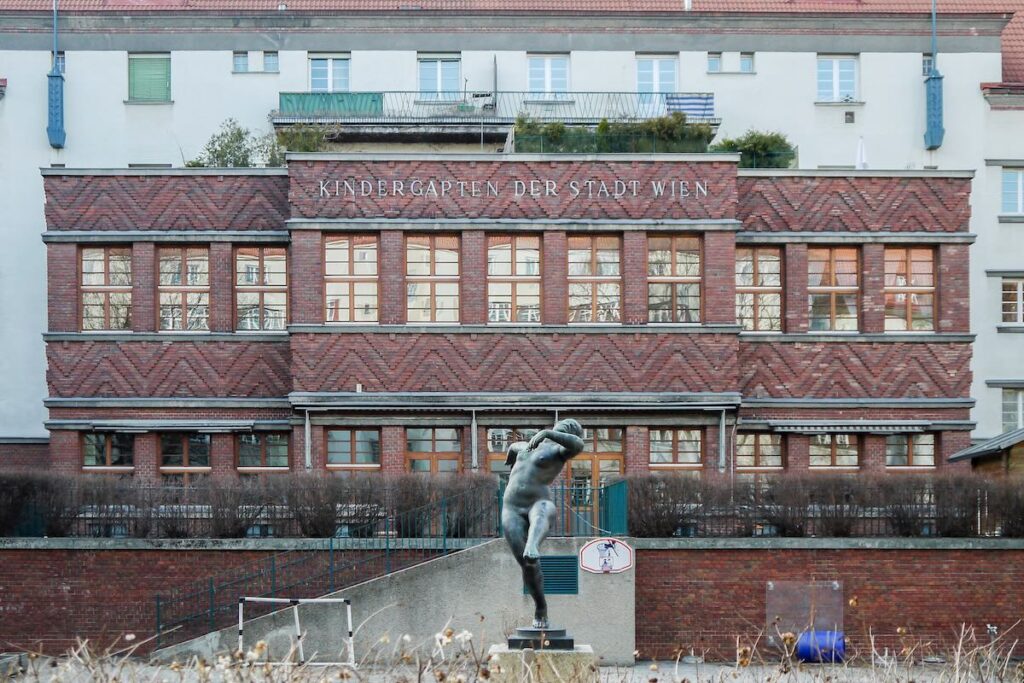
The years 1925 to 1928 saw the development of the superblock Rabenhof, which is located less than 15 minutes from the Cathedral. Expropriation of the needed land was difficult and piecemeal. The project ’s alignment reflects this through its different elevations and facades. The architects achieved a cohesive image for the complex by repeating architectural forms such as pointed shapes in gateways, grills, and lamps. The property underwent a complete renovation between 1987 and 1992.
Some Rabenhof statistics:
- A 50,000 suare metre or 12.4 acre site
- 78 staircases and four elevators
- 1,138 residential units
- 38% built-up rate, leaving 7.6 acres for “green luxury”
And apartments feature bay windows and balconies. The inner courtyards, mature trees and winding pathways. The complex houses the Rabenhof Theater as well as a doctor’s surgery, restaurants, cafés, and much more.
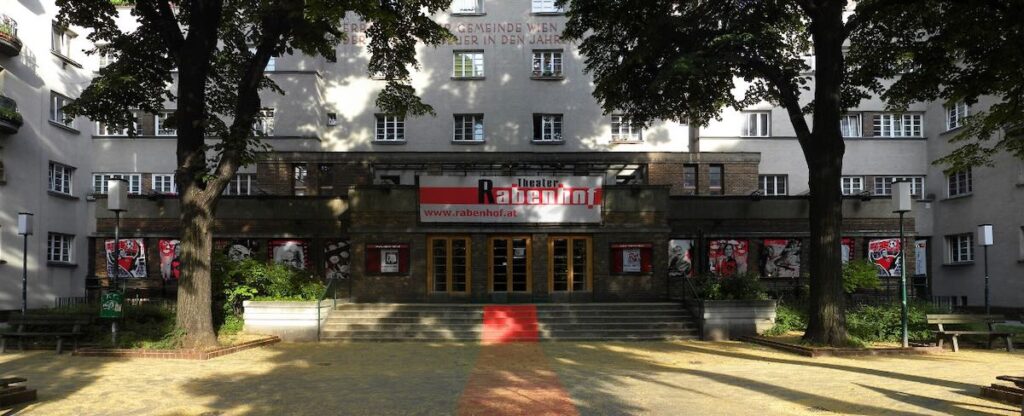
Superblock Sandleitenhof
Also built in the late 1920’s, Sandleitenhof has 1,587 apartments and today houses 4,000 people making it the largest single social housing complex in Vienna. A bit more distant from the city centre than either Rabenhof or Karl Marx Hof, it is connected to Vienna’s efficient underground. It takes 30 minutes to reach the Vienna Opera House. The complex consists mostly of two and five storey buildings with gabled roofs oriented to maximize light exposure and air circulation. It features numerous courtyards and the formal Matteottiplatz that features fountains and other decorative elements. It is home to a Montessori school and a municipal library.
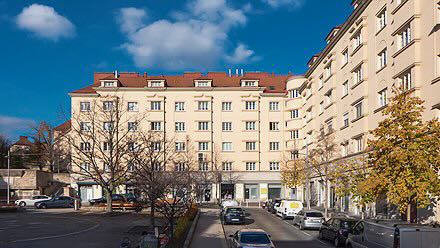
While built to house the poor, Vienna’s council estates have not become ghettoes. Frequently built on the edges of its wealthiest neighbourhoods, these superblocks were meant to resemble the private residents of the bourgeoisie. Statues, decorative elements, grand entrances and large balconies helped blend these mega projects into the city mix. And the open courtyards ensured their integration into the city fabric at street level. Weekly, thousands of football fans would walk through the Karl Marx Hof courtyards to get to what was then Europe’s largest football (soccer) stadium.
So from hot bedding to superblocks, I wonder what the Vienna’s citizenry appreciated most. I think it has to have been the private indoor plumbing in each apartment.


